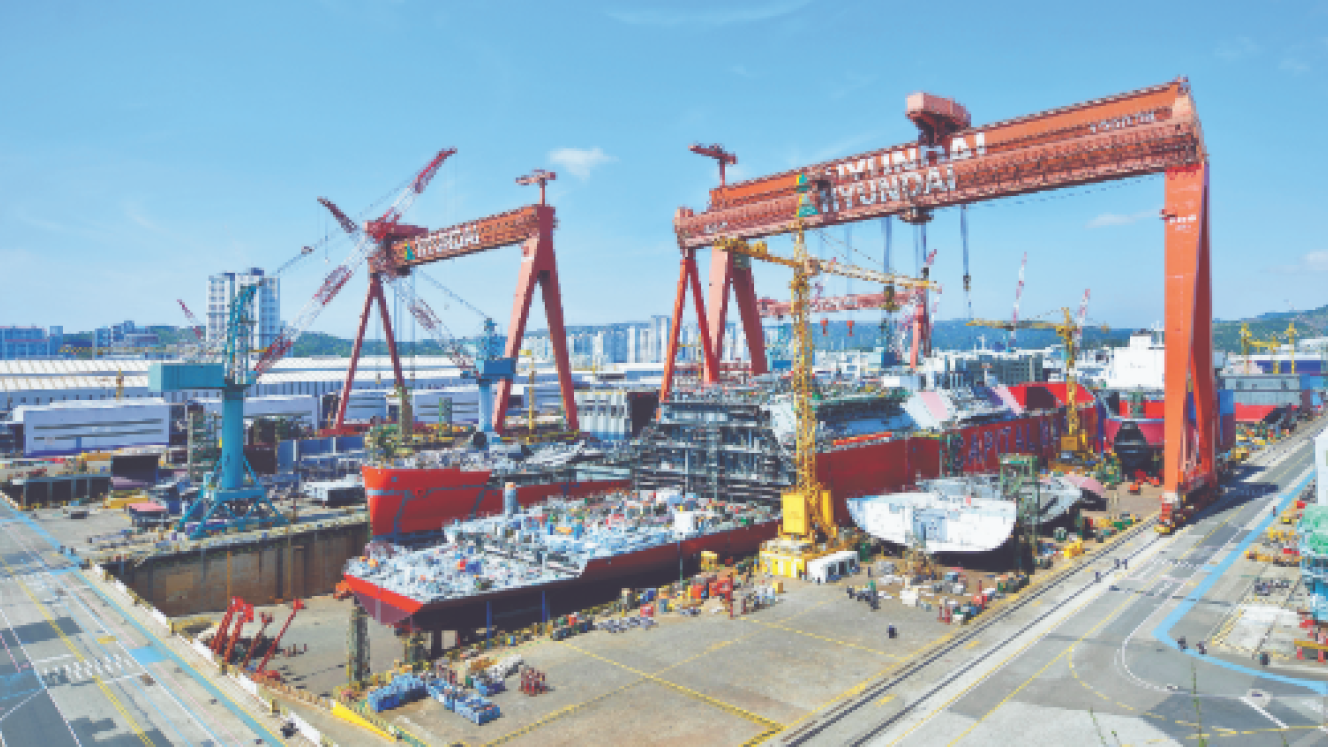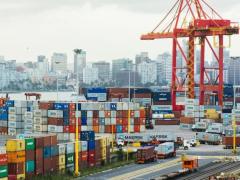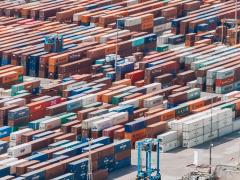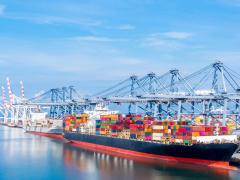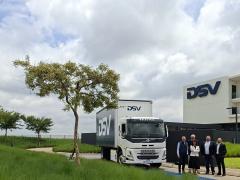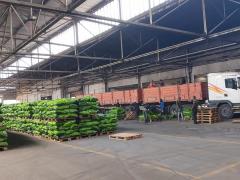South Korea’s largest shipbuilding yard has found a humanoid solution for its chronic labour shortages.
Based on the Sea of Japan, HD Korea Shipbuilding & Offshore Engineering (HD KSOE) in Ulsan is facing a critical shortage of skilled workers, particularly in the field of welding, which makes up as much as 70% of the shipbuilding process.
With an estimated shortfall of over 14 000 workers and a total demand exceeding 45 000 labourers, many of whom require artisan skills, the company is now turning to advanced robotics to fill the gap.
Industry sources confirm that HD Hyundai Robotics, an affiliate of HD KSOE, is developing humanoid robots designed to perform complex tasks such as welding at the company’s shipyards.
This move is seen as a significant step in the industry’s push towards automation, driven by the persistent and severe labour shortages affecting South Korea’s shipbuilding sector.
With about 28% of the global shipbuilding market share, South Korea is the second-largest shipbuilder in the world, after China.
It is recognised as a global leader in high-value ship construction, especially in LNG carriers, oil tankers, and advanced offshore vessels.
Given its favourable trade relationship with most countries in the world, South Korea often outpaces China in securing new shipbuilding orders, as was the case in March when it captured 55% of global new orders.
However, lagging labour requirements at HD KSOE continue to hold back the facility’s true potential and its innate capacity to help South Korea outperform shipbuilding in China.
While earlier reports suggested that HD Hyundai Robotics had signed a memorandum of understanding (MoU) with Houston-based AI developer Persona AI and manufacturing firm Vazil Company to jointly develop and manufacture humanoids for shipyard tasks, these details could not be officially confirmed.
Complex welding, a highly skilled and physically demanding job, is at the forefront of tasks being assigned to humanoid robots. However, industry analysts anticipate that the scope of automation will likely expand to include other labour-intensive roles such as painting, assembly, inspection, and material handling.
These predictions are based on broader trends in industrial automation, though HD KSOE has yet to officially outline additional tasks for humanoids beyond welding.
The introduction of humanoid robots at HD KSOE marks a significant milestone in the global shipbuilding industry. As labour shortages persist and the demand for skilled workers outpaces supply, other shipyards around the world may follow suit, accelerating the adoption of robotics and AI in heavy manufacturing.
HD KSOE’s initiative underscores the urgent need for innovative solutions to workforce challenges and sets a new standard for the future of shipbuilding.
